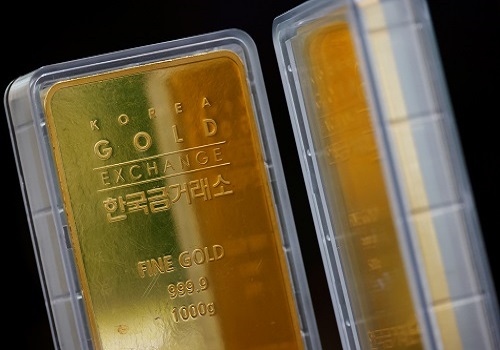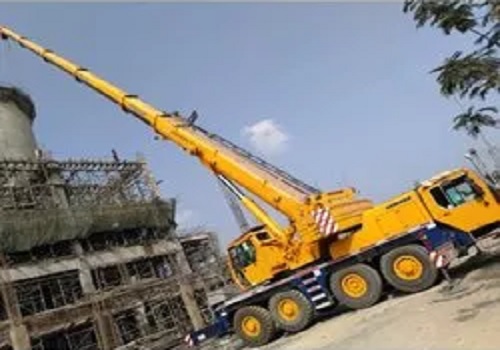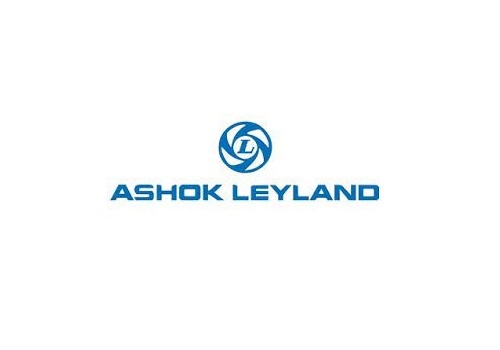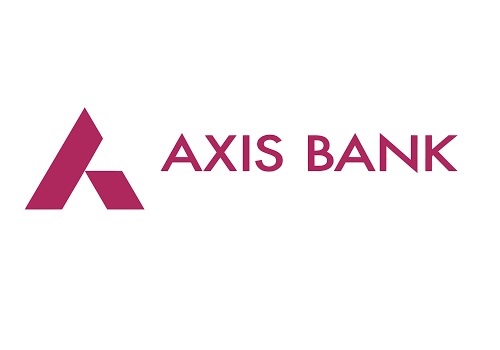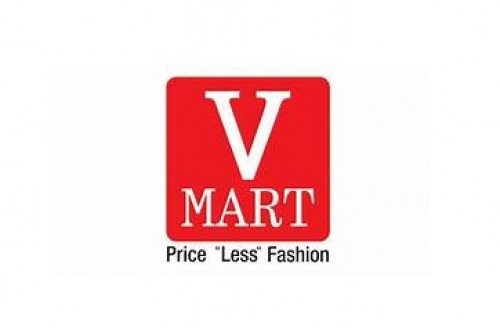Buy BASF India Ltd For Target Rs.2,700 - Emkay Global
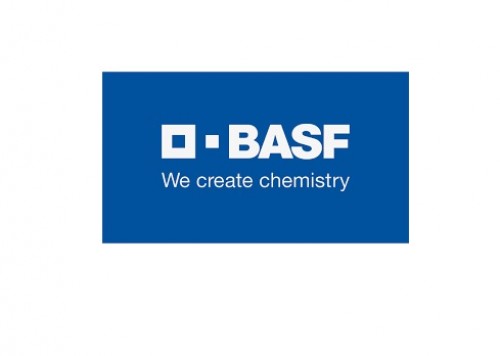
Follow us Now on Telegram ! Get daily 10 - 12 important updates on Business, Finance and Investment. Join our Telegram Channel
On track for broad based growth
* Q4 sales beat our estimates by 17%, supported by better-than-expected growth in Agriculture, Materials and Industrial Solutions. EBITDA was ahead by 12% mainly due to lower SG&A expenses (as % of sales), while gross margins rose slightly by 30bps yoy.
* Agriculture, Industrial Solutions, Nutrition & Care and Chemicals posted strong growth of ~56%, 71%, 38%, and 62% yoy, respectively, led by rebound across end-user industries and robust pricing environment. BASF declared a final dividend of Rs10/share for FY21.
* Surface Technologies declined ~43% yoy due to sale of the Construction Chemicals business, while Materials was up 77% yoy due to the absorption of BASF Polyamides (BPPIPL), making it incomparable yoy. EBIT margins improved ~420bps yoy to 6%, mainly driven by profitability improvement in Nutrition & Care and Chemicals businesses.
* BASF India’s growth potential remains favorable in the long term, backed by a recovery in enduser industries and management’s strategic initiatives. However, in our view as pricing benefits will subside gradually, we marginally raise our FY22/23 EPS estimates by 3-4% and arrive at a revised TP of Rs2,700 (28x FY23E). We maintain Buy with EW stance in EAP.
Strong growth led by demand recovery and favorable pricing:
Revenues were up ~48% yoy driven by 1) 56% growth in Agriculture Solutions on higher volume offtake and better pricing, 2) 71% growth in Industrial Solutions on healthy pricing in polymer chain and higher demand for packaging products, 3) 38% growth in Nutrition & Care on increased demand for healthcare products, and 4) 62% growth in Chemicals on strong pricing environment, which has certainly benefitted the overall trading business (100%). On the other hand, Materials (up 77/28% yoy/qoq) posted strong yoy growth due to the absorption of BPPIPL (effective Feb’20).
Sequential growth in Materials was driven by a gradual recovery in automotive and consumer durables. Surface Technologies (up ~13% qoq) was down 43% yoy due to the sale of the construction business. During the year, the company has significantly deleveraged the balance sheet by around Rs5bn, resulting in reduced interest costs (down ~55% to Rs375mn for FY21).
Healthy operating performance in Nutrition & Care and Chemicals:
Reported EBITDA rose 2.5x yoy to Rs2.2bn, led by lower SG&A costs (12.3% vs. 15.5% yoy of sales), while gross margins increased marginally. Additionally, EBITDA margins expanded 350bps yoy to 7.8%. Nutrition & Care and Chemicals posted margin growth of ~500-600bps yoy, primarily led by favorable pricing environment and operating leverage. Industrial and Agriculture Solutions reported a negligible change at the operating level.
In our view, margin wins were driven by 1) low-cost inventory booked in early-to-mid FY21 due to Covid-19 and 2) healthy pricing environment. This was further complemented by management’s emphasis on optimizing costs structures and delivering a better product mix. With the objective to implement digitalization across the firm, including realignment of business service units, BASF has recognized provision of ~Rs215mn toward employee compensation.
Margin sustenance remains crucial; maintain Buy:
BASF India’s growth potential remains favorable in the long term, backed by a recovery in end-user industries and management’s strategic initiatives. However, in our view as pricing benefits will subside gradually, we marginally raise our FY22/23 EPS estimates by 3-4% and arrive at a revised TP of Rs2,700 (28x FY23E) from Rs2,640 earlier. We maintain a Buy rating and EW stance in EAP. Key risks: Downturn in Materials and Industrial Solutions businesses; slow economic revival.
To Read Complete Report & Disclaimer Click Here
For More Emkay Global Financial Services Ltd Disclaimer http://www.emkayglobal.com/Uploads/disclaimer.pdf & SEBI Registration number is INH000000354
Above views are of the author and not of the website kindly read disclaimer










Tag News
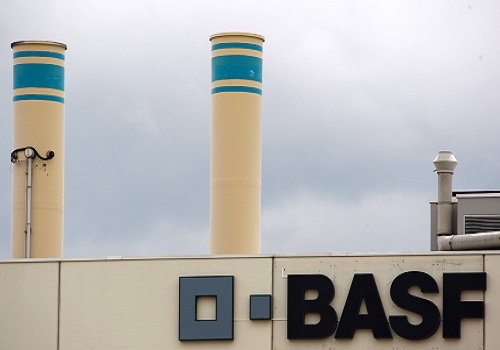
BASF India`s Q1 profit falls on sluggish demand, high input costs
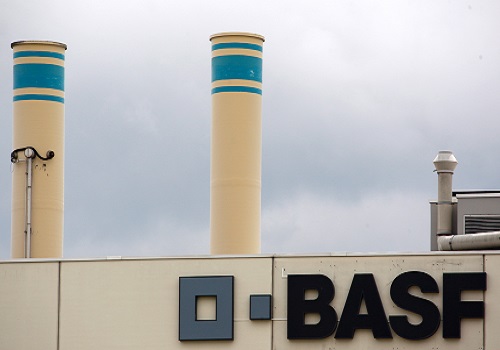

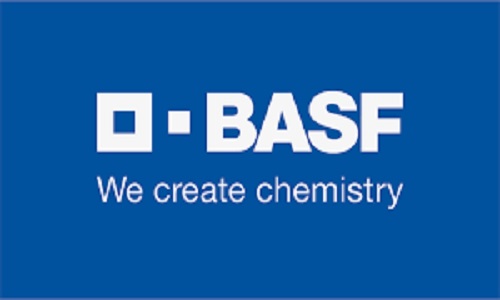


 320-x-100_uti_gold.jpg" alt="Advertisement">
320-x-100_uti_gold.jpg" alt="Advertisement">

